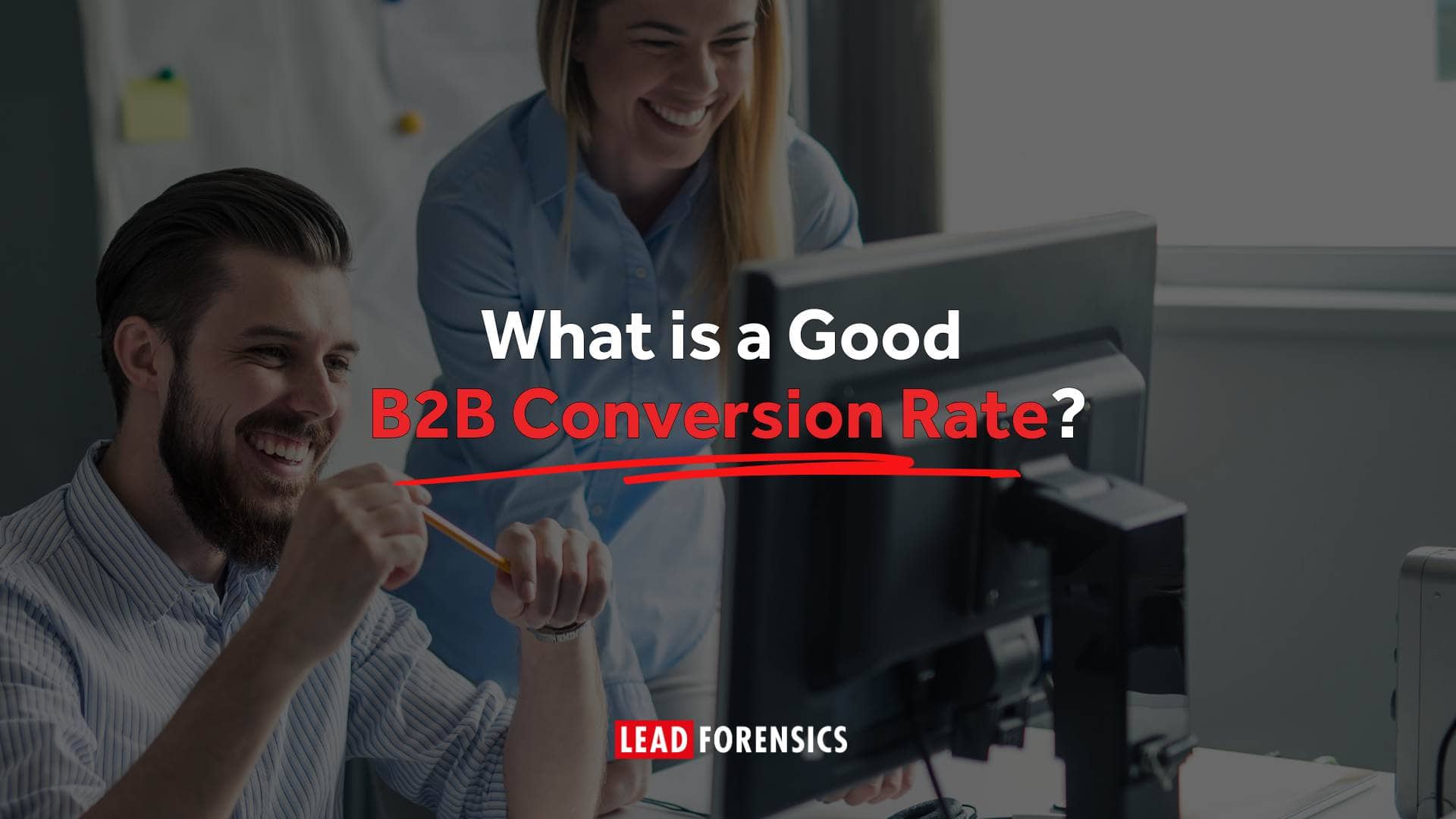And when you have quizzed them more about who their target customer is and what the size of their potential market is, they simply say ‘everyone’!
Now, while that’s a very positive thought to have, in reality it’s just not going to happen. Even the best product ever invented will not make its way into every single home, or every single business. And taking an unrealistic view of the size of the potential market can throw all other plans dangerously off track, as it will influence everything from pricing structures, to how the product is marketed.
Whether you have a new product or an established one, you need to be able to focus in on exactly who is your target customer. Who has a real need that you can help with? Who will your product or service truly benefit and why?

You need to be clear on who your ideal prospect is, so you can ensure you are concentrating all your sales and marketing efforts on generating the right type of sales leads – those which are most likely to convert to a sale. Having a million leads but no conversions is not going to see you in business very long.
Generating high volumes of leads will be the aim for some businesses, but you still need to ensure that these leads are the right kind. Otherwise you may end up with a sales funnel clogged up with leads that are never going to go anywhere – a huge waste of time and resources.
Current customers
The key is to keep narrowing it down as much as possible. One exercise you can do, and should regularly return to, is looking at who your existing customers are. Analyze them to pull out all the useful insights you can. For example, which were the easiest sales? Which are bringing in the most revenue? Which are the best ones to deal with, and which are the most difficult – and why is that? See if you can spot any patterns – do they all have something in common?

If you are just starting then be mindful of any assumptions you may be making about your potential customers. And make sure you check and review them regularly as your client base grows, to test if your assumptions are correct.
Sales and marketing
Sales and marketing teams each have a critical role to play in the sales process and one that is strongly linked, so both teams must be on the same page. Sales need targeted and qualified people to work their magic on, while marketing needs to be able to aim at specific persona to attract them in the first place and then nurture them along towards either being a hot lead or filtering out the non-starters.
By working together to define what a strong sales lead will look like, the process will be far stronger and more aligned.

For the marketing team, they will need to break the target market down into different personas – i.e. what their ideal target person would look like. This may include their age, gender, race, status, needs, issues, and behaviors. These are the people that content will be developed around and who it will address.
For example, a technology firm may introduce new software. When they break their target customer down into persona, they may come up with points like ‘Simon the IT manager, aged 30-45, likes and reads up on the latest technology, and spends his disposable income on gadgets’. This instantly gives content a clear focus – would Simon be interested and engaged by this topic? Is it being pitched at the right level? If not, then how can it be strengthened to make it relevant to him? And what channels are going to be best to use to reach him?
Once the targeted content starts generating leads, you then need to be able to break them down again – to make them sales lead qualified. At this stage you’ll be looking at broader demographics and structural elements of the company each lead is from, to help you put them into categories.
What makes a good lead will vary from company to company, but key criteria may include:

Demographics
- Location
- Employee number
- Revenue size
- Stock exchange listed or not
- Industry
- Organizational structure
- Decision maker
- Driver (person who helps drive decision)
- Gatekeeper
- Job position
- Market size
- Demographics of buyer
Also worth thinking about:
- Are they active on social media
- Where does the product/service/solution fit with them
- What’s their position within the industry
- What’s their purchase procedure and processes
And structurally:
- What is their growth model
- What number of regions and sites do they have
- What is their management style
Progressive profiling
So how do you know where a lead converting on the website fits into all this?
Progressive profiling is one of the best methods you can use to find out who you are dealing with and to qualify them as a good lead or not. For example, you can use forms on your website that ask different questions every time a lead revisits the site, so you can start to build a picture. The secret really lies in asking the right questions at the right time and not trying to ask too much on a first visit.

It’s a bit like going on a first date. If you overwhelm the other party with questions, get too personal too quickly, or equally bombard them with how great you are and ‘me, me, me’, then they are unlikely to stick around long! It can take a number of dates and for familiarity to grow before you ask any deeper questions to find out more detailed information.
To build a strong profile of each visitor what you need to do is to compile all of the information you can from all your sources – so from website forms, to marketing insights you gain and information made available through tools such as IP tracking.
Ultimately, landing a sale is what it’s all about. And you want to get to that point in the most efficient way possible – minimizing any potential waste of your time, money or resources.
To do this you need to be armed with a clear idea of who your target customer is – who will have a real need for your product – and to keep narrowing it down and down as much as possible. By working together to define what a good lead is going to look like, sales and marketing teams can ensure they’re aiming for the same goal and are in agreement about what is the best way to get there.










